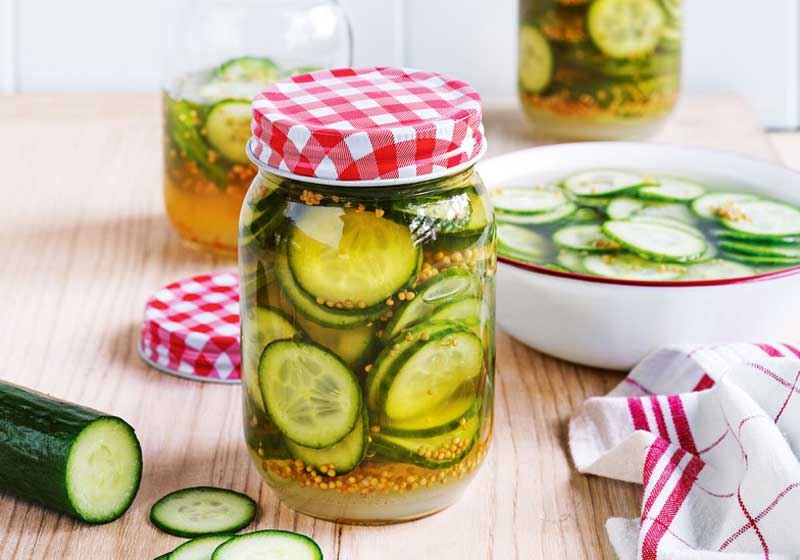Fruit Sourdough

Ingredients
The Fruit Soak:
40 g sultanas
40 g currants
40 g raisins
50 g pitted dates, halved
50 g dried figs, quartered
1/2 tsp ground ginger
1 cinnamon stick
1 star anise
5 cloves
50 g red wine
50 g water
100 g dried apricots, chopped in half
The Starter Build:
40 g starter
20 g bakers flour
20 g whole-wheat flour
40 g water
The Dough:
70 g starter
235 g bakers flour
45 g whole-wheat flour
45 g rye flour
25 g white spelt flour
270 g water
Zest of 1 orange
7 g salt
Method
Bakery Notes:
You can vary the fruit that you use depending on your tastes. You can also use different liquids for the fruit soak, such as water or juice, if you don’t want to use wine. Soak the fruit for at least a day (or up to two weeks) before you plan to mix the dough.
The Fruit Soak:
Put all the fruit, except for the dried apricots, in a large container or bowl and sprinkle the ground ginger over the top. In a small saucepan, combine the whole spices and the liquids and bring to the boil over medium heat. Once boiled, take the saucepan off the heat and let the mixture infuse for 10 minutes, then strain the liquid over the fruit. Discard the whole spices. Mix with a spoon until the fruit is evenly distributed and coated with liquid. Cover and leave at room temperature overnight, stirring occasionally to thoroughly distribute the liquid – you want it soaked through the fruit, not settled at the bottom. If leaving the fruit to soak longer than overnight, store it in the fridge.
The Starter Build:
Around 4–6 hours before you plan to mix your dough, combine the starter, flours and water for the starter build, mixing well to combine. You will use 70 g of this for the dough; retain the rest for maintaining your starter.
Build the Dough:
At least 30 minutes before you plan to mix the dough, combine the flours and water in a large mixing bowl. Mix them with your hands until thoroughly combined, then cover with a damp cloth and set aside for the autolyse. When the starter is ripe and bubbly, mix it with the flour and water mixture, sprinkle over the orange zest and salt, and finish mixing the dough. Cover with a damp cloth and set aside in a warm place for at least 30 minutes, before your first set of folds. Add the fruit soak and the apricots as you do the first turn and fold, ensuring they are evenly distributed. If the fruit seems a bit wet, you can throw a little extra flour in. You want a slightly sticky dough, not a wet dough. Complete four sets of folds, resting the dough in between each one for 30–45 minutes. After your last set of folds, cover your dough with a damp cloth and leave to prove at room temperature for 2–3 hours.
Shape and Final Prove:
If you have multiplied the recipe, divide the dough into individual loaves before you pre-shape. Pre-shape the dough, then cover with a damp cloth and leave it to rest on the bench for 15–20 minutes. Lightly oil an 18 × 11 cm, 10 cm high tin so it’s ready for baking. When the dough has relaxed, shape the dough following the instructions for the batard loaf. Place it in the tin, seam side down, then cover with a damp cloth and leave at room temperature overnight. If it’s going to be a hot night and the dough is already feeling active, place it in the fridge, to be baked when needed. You want the dough to reach the height of the tin and to retain the imprint of your finger when gently pressed. If you’ve had the loaf in the fridge and it still looks small and feels dense, sit it in a warm place for 1–2 hours, until ready to bake.
Bake Your Bread:
Place a baking tray at the bottom of the oven, and preheat the oven to the maximum temperature. When the oven is hot, boil the kettle and pour around 150–200 ml of boiling water into the baking tray. Place the tin on the middle shelf of the oven and bake for 20 minutes, until the loaf is starting to colour, then reduce the temperature to 200°C and bake for a further 20–25 minutes, until the top is a lovely dark brown. Holding the tin carefully with a cloth, tip the loaf out and check that the sides are a nice golden colour and the loaf is firm to the touch. If it needs a bit longer, put it back in the tin and return to the oven for another 5 minutes before testing again. Tip the bread out of the tin onto a wire rack to cool.

Photo Credits: Bonnie Savage








